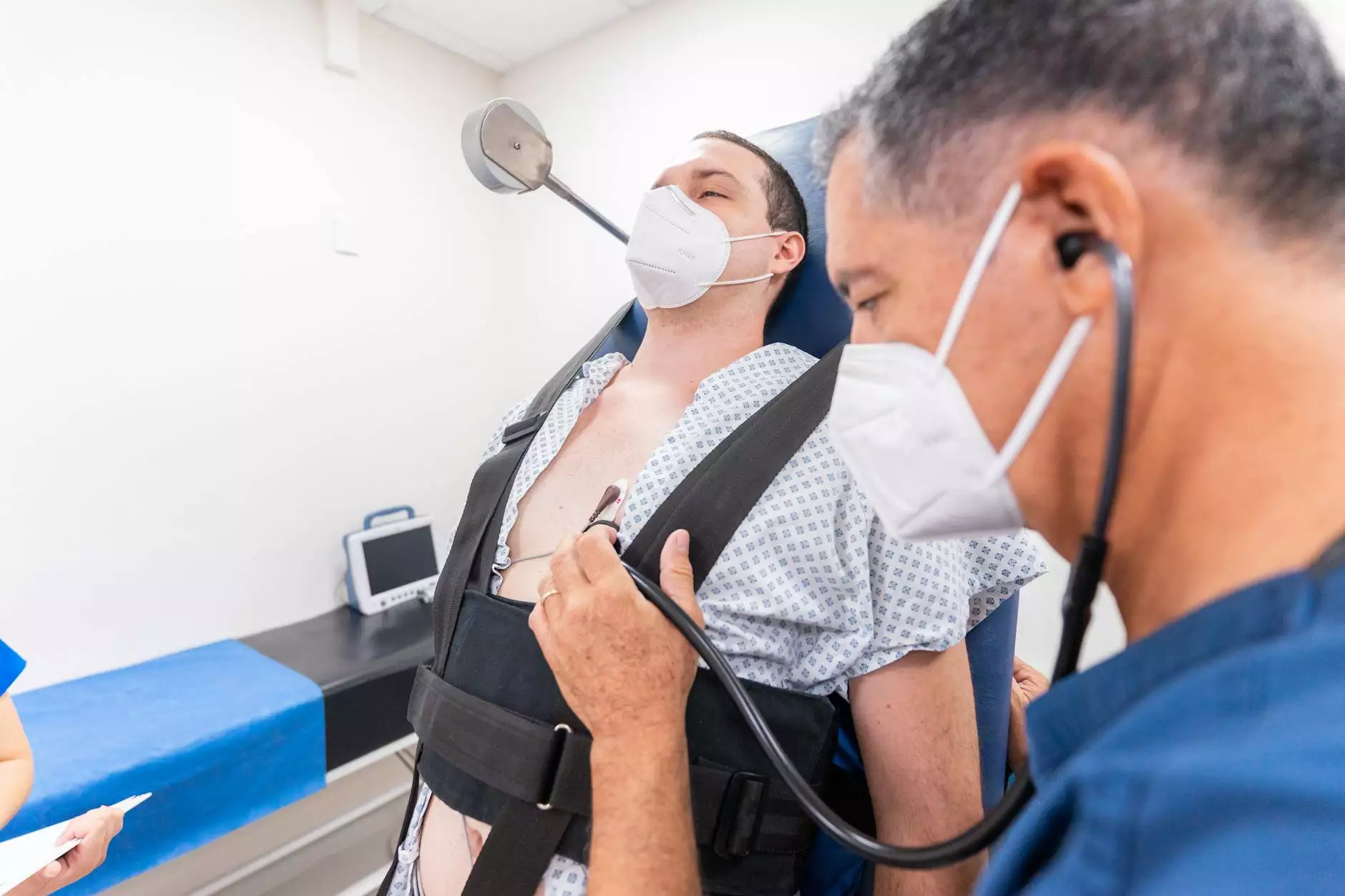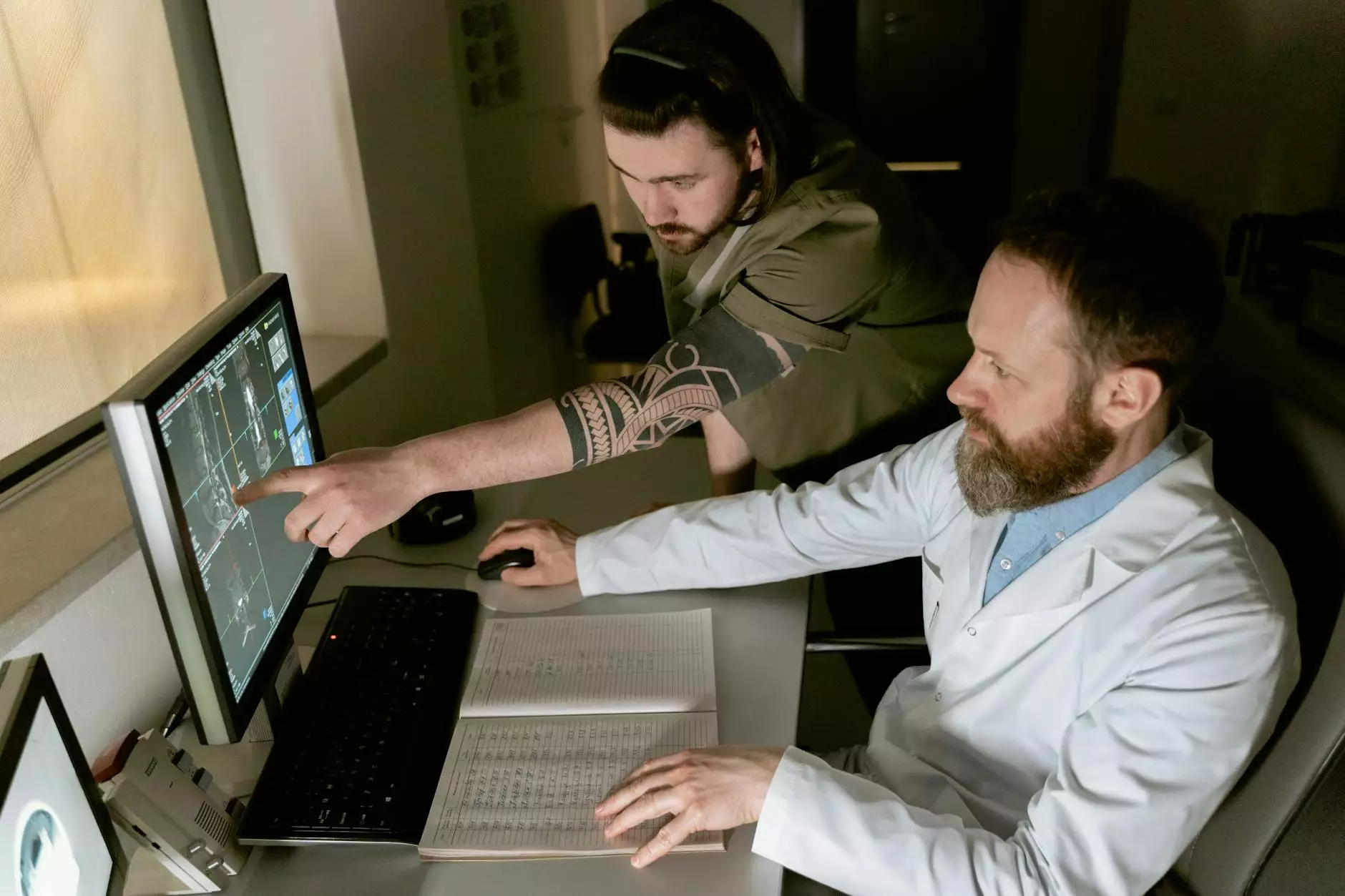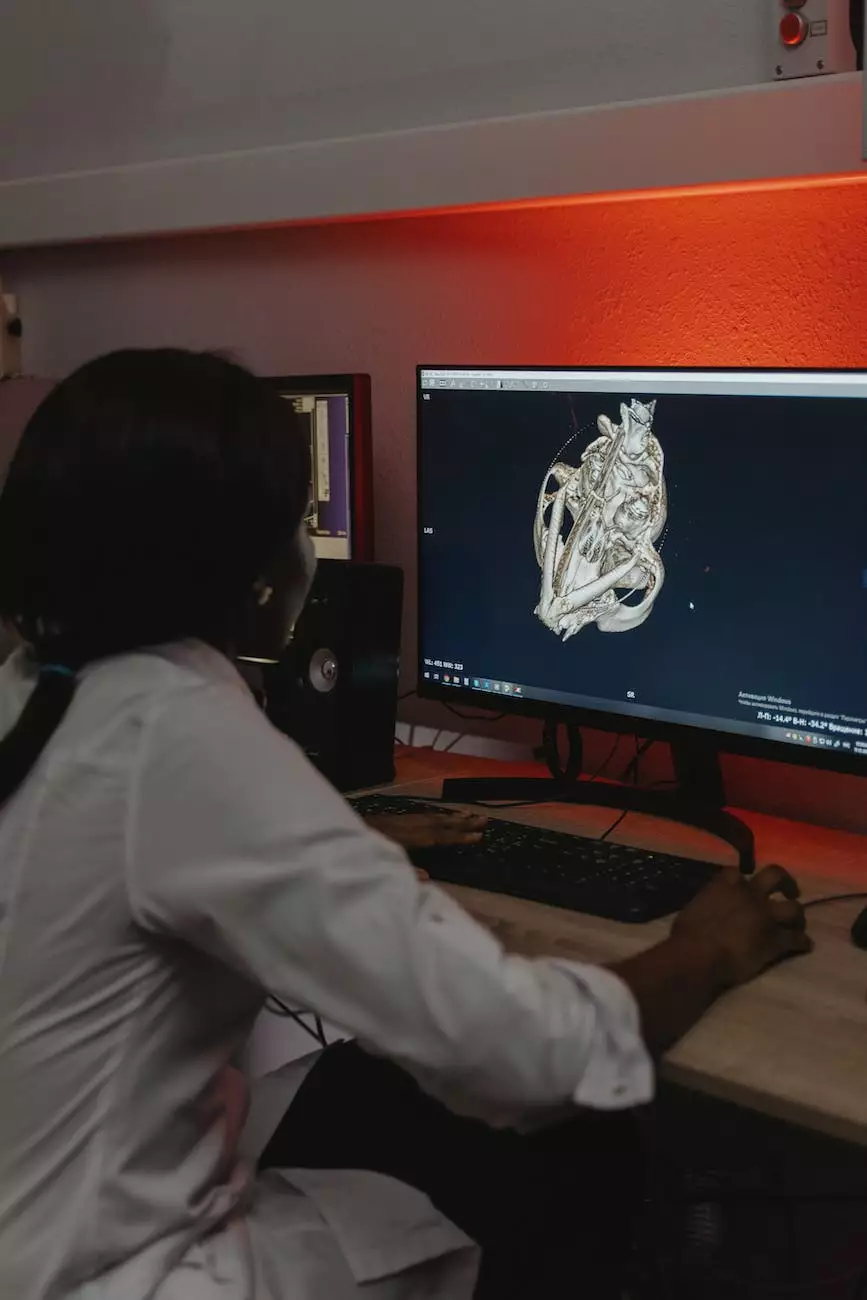Syndactyly - Understanding and Managing a Common Congenital Hand Condition

What is Syndactyly?
Syndactyly is a congenital hand condition characterized by the fusion of fingers or toes. It occurs during early fetal development when the digits fail to separate fully, resulting in webbing or joining of the skin and sometimes the underlying bones. It is one of the most common congenital hand anomalies and can affect one or both hands and feet.
Causes and Types of Syndactyly
Syndactyly can have both genetic and environmental factors. In some cases, it is inherited, while in others, it may occur sporadically without a clear familial pattern. There are two primary types of syndactyly:
- Simple Syndactyly: This is the most common type where only the skin is fused, and the digits remain separate. Simple syndactyly often affects the middle and ring fingers.
- Complex Syndactyly: Complex syndactyly involves fusion not only of the skin but also of the bones in the affected digits. It is relatively less common but requires specialized treatment.
Symptoms and Diagnosis
The visible symptoms of syndactyly include webbed fingers or toes, which may vary in severity depending on the extent of fusion. Diagnosis is primarily made through a physical examination by a qualified medical professional. Additional diagnostic tools such as X-rays may be utilized to assess the degree of bone fusion and aid in treatment planning.
Treatment Options
Effective management of syndactyly requires a multidisciplinary approach involving specialists such as hand surgeons, pediatricians, orthopedic surgeons, and plastic surgeons. The recommended treatment depends on the severity of the condition, the age of the patient, and the preferences of the individual and their family. Treatment options include:
- Non-Surgical Interventions: In mild cases of syndactyly, where there are no functional limitations, conservative measures such as physical therapy and monitoring of growth and development may be recommended.
- Surgical Correction: Surgical intervention is often necessary when syndactyly significantly impacts hand functionality or causes psychological distress. The surgery aims to separate the fused digits, restore normal appearance, and improve hand function.
Why Choose Foley James D MD?
When it comes to the diagnosis, management, and treatment of syndactyly, Foley James D MD is a leading provider of specialized care in the field of congenital hand conditions. Our team of highly skilled medical professionals has expertise in assessing and treating syndactyly, ensuring the best possible outcomes for our patients.
Compassionate and Personalized Approach
At Foley James D MD, we understand that each individual is unique, and that's why we provide personalized treatment plans tailored to meet the specific needs and goals of our patients. We take the time to listen, explain, and involve our patients and their families in the decision-making process.
State-of-the-Art Facilities and Advanced Techniques
Our practice is equipped with state-of-the-art facilities and utilizes the latest advancements in surgical techniques and technology. We stay at the forefront of medical innovations to ensure that our patients receive the highest quality care.
Expert Team and Comprehensive Care
Our team consists of experienced and highly trained specialists who work collaboratively to provide comprehensive care throughout the entire treatment journey. From initial assessment to post-operative rehabilitation, we are committed to delivering excellent outcomes and patient satisfaction.
Final Thoughts
Syndactyly is a common congenital hand condition that can significantly impact hand functionality and self-esteem. Seeking timely and specialized medical care is crucial to ensure optimal outcomes. At Foley James D MD, we are dedicated to helping our patients understand, manage, and overcome syndactyly through our compassionate, personalized approach and expert care. Contact us today to schedule a consultation and take the first step towards a healthier and happier future.




